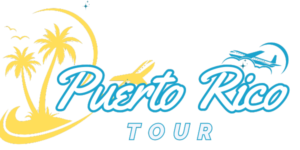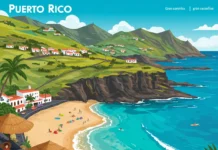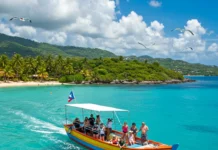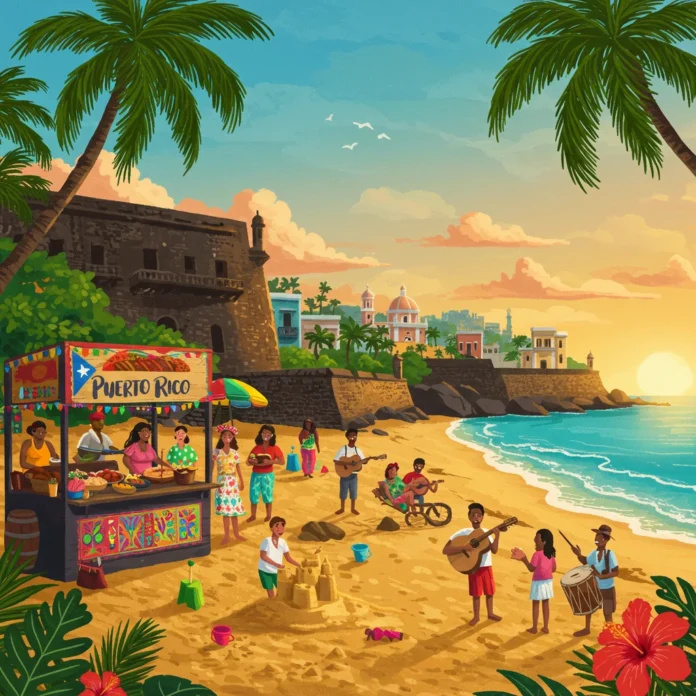Introduction: Discovering the Meaning Behind Puerto Rico Excursions
When we think of Puerto Rico excursions, vivid images come to mind—lush rainforests, sparkling bioluminescent bays, cobblestone streets alive with music, and the irresistible aroma of local cuisine. But beyond the surface, each excursion holds a deeper story, shaped by centuries of history, vibrant culture, and the island’s unique spirit. Understanding what truly defines these experiences helps us appreciate why they stand out from typical tours and why they continue to inspire travelers from around the world.

What Defines a Puerto Rico Excursion?
A Puerto Rico excursion is more than a sightseeing trip; it is an immersive journey that connects participants with the island’s landscape, history, and people. These excursions are thoughtfully curated to provide meaningful interactions, whether through adventure, culture, or nature.
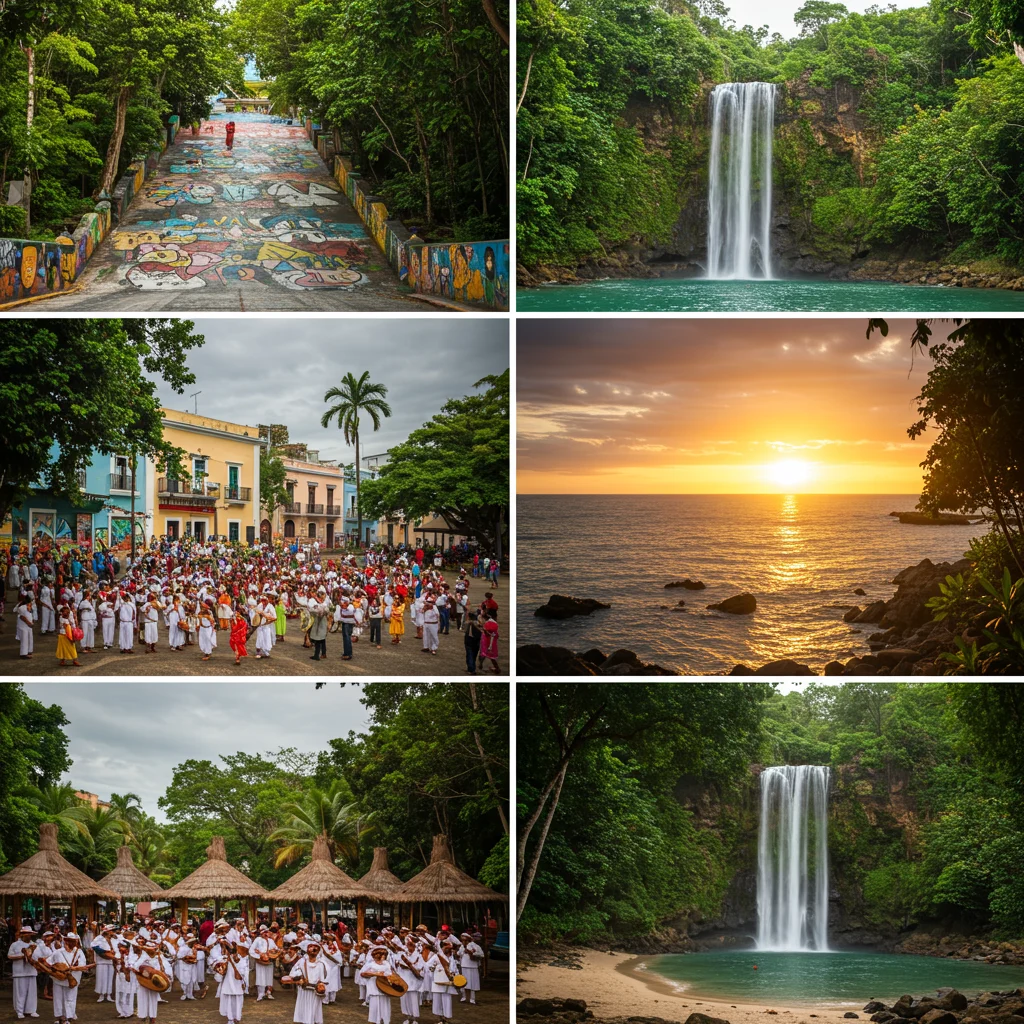
How Are Excursions Different from Regular Tours?
Unlike standard tours that often follow rigid itineraries, Puerto Rico excursions emphasize personal engagement and authentic experiences. Excursions typically involve smaller groups, hands-on activities, and opportunities to interact with locals, offering a richer, more memorable adventure.
For those interested in understanding how these journeys can transform your perspective, we’ve discussed this further in our post about Puerto Rico excursions that change how you see island travel.
Types of Excursions in Puerto Rico
The diversity of the island shines through the variety of excursions available. Each type offers a unique lens through which to experience Puerto Rico.
Adventure Excursions
For thrill-seekers, adventure excursions provide adrenaline-pumping activities such as ziplining through the rainforest canopy, hiking rugged mountain trails, or rappelling down cascading waterfalls. The rush of the wind, the scent of wild orchids, and the exhilarating sense of discovery are hallmarks of these experiences.
Cultural Excursions
Cultural excursions invite us to engage with the island’s rich heritage. These might include guided walks through historic barrios, visits to artisan workshops, or participation in traditional festivals. The rhythm of bomba and plena music, the swirl of dancers’ skirts, and the warmth of community gatherings all contribute to a lasting impression.
Eco-Tourism and Nature Excursions
Eco-tourism excursions focus on Puerto Rico’s breathtaking natural beauty. Whether kayaking through mangroves, birdwatching in protected reserves, or exploring lush rainforests, these outings foster a deep connection with the island’s diverse ecosystems.
Historical Excursions
Stepping into historic forts, colonial plazas, and centuries-old churches, historical excursions bring the past to life. Stories of indigenous roots, colonial encounters, and modern transformations unfold with each step.
Water-Based Excursions
Surrounded by the Caribbean Sea and Atlantic Ocean, Puerto Rico is a paradise for water-based excursions. Snorkeling vibrant reefs, paddleboarding in tranquil bays, or sailing to offshore islands, each experience offers a sensory feast—the salt-kissed breeze, the warm sun on your skin, and the endless expanse of blue.
The Historical Roots of Puerto Rico Excursions
Understanding the origins of excursions in Puerto Rico enriches every modern adventure. The island’s layered history has shaped the way locals and visitors alike experience its landscapes and traditions.
How Did Excursions Evolve in Puerto Rico?
Excursions in Puerto Rico have evolved from informal explorations to organized journeys that reflect both tradition and innovation. Early travelers—indigenous, colonial, and modern—sought connection with the land and its stories, laying the foundation for today’s vibrant excursion culture.
Influence of Indigenous Taíno Culture
The Taíno people, Puerto Rico’s original inhabitants, fostered a profound relationship with nature. Their practices—navigating rivers, foraging in forests, and honoring sacred sites—continue to influence contemporary excursions, particularly those rooted in nature and heritage.
Spanish Colonial Impact on Local Excursions
Spanish colonization introduced new traditions, architecture, and customs. Guided visits to colonial cities and fortresses often highlight these influences, blending stories of conquest, resilience, and cultural fusion.
Excursions During the American Era
With the arrival of the American era, tourism infrastructure expanded, and excursions became more accessible. Today’s offerings reflect a blend of local pride and global hospitality, inviting a wider audience to experience Puerto Rico’s wonders.
The Cultural Significance of Excursions in Puerto Rico
Excursions are not merely recreational—they play a pivotal role in shaping and expressing Puerto Rican identity. They serve as living bridges between the past and present, locals and visitors.

Why Are Excursions Important to Puerto Rican Identity?
Excursions foster pride in local traditions, landscapes, and stories. Through shared experiences, residents celebrate their heritage while inviting guests to become part of the island’s narrative.
For a deeper look at why these journeys resonate so strongly, we explored this topic in our feature on why Puerto Rico excursions are winning every traveler’s heart.
Storytelling and Oral Traditions in Excursions
Guides often share legends, anecdotes, and personal stories, weaving a tapestry of oral history that brings each location to life. The sound of laughter, the cadence of island Spanish, and the twinkle in a storyteller’s eye all contribute to the magic of these moments.
Music, Dance, and Festivities
Music and dance are inseparable from Puerto Rican excursions. Whether joining a street parade or learning salsa steps, participants feel the pulse of the island. The echo of drums, the shimmer of costumes, and the joy of celebration linger long after the excursion ends.
Food and Culinary Experiences
No excursion is complete without savoring local flavors. From roadside kiosks to family-run haciendas, food tours introduce guests to the tastes and aromas of Puerto Rico—spiced mofongo, sweet tembleque, and robust coffee, each bite telling its own story.
Excursions as a Bridge Between Locals and Visitors
Excursions create opportunities for genuine connection. Whether sharing a meal, learning a craft, or exploring a hidden trail, the exchange of perspectives enriches both hosts and guests.
Popular Puerto Rico Excursions and Their Unique Stories
Some excursions stand out not just for their beauty or excitement, but for the unique stories they encapsulate. Each of these popular destinations offers a distinct chapter in Puerto Rico’s ongoing narrative.
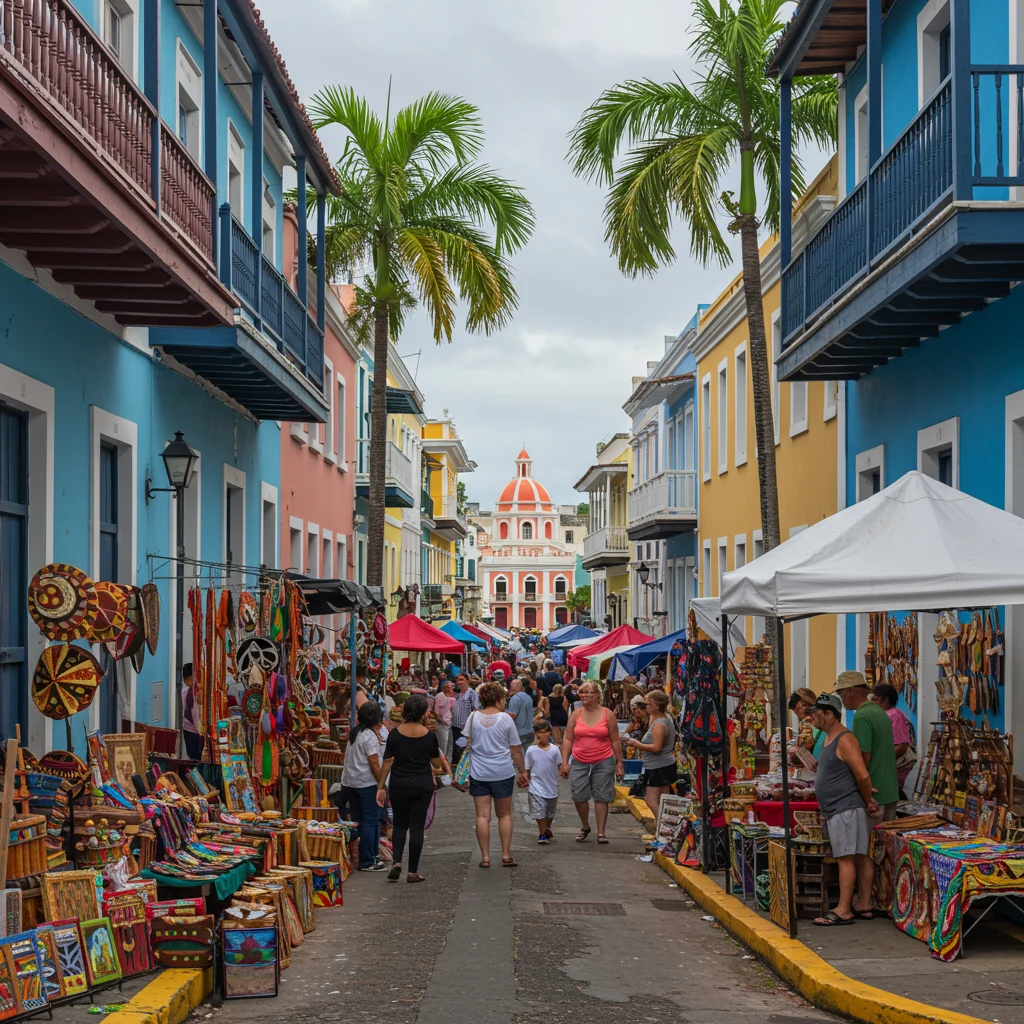
El Yunque National Forest Adventures
Trekking through El Yunque National Forest, the only tropical rainforest in the U.S. National Forest System, is a sensory journey—misty air, the chorus of coquí frogs, and the sight of waterfalls tumbling through emerald canopies. Guides share tales of Taíno spirits and conservation efforts that shape the forest’s legacy.
Bioluminescent Bay Night Tours
A night excursion to a bioluminescent bay is unforgettable. As you paddle through glowing waters, each stroke leaves a trail of light, illuminating the darkness. The phenomenon inspires awe and a sense of wonder at nature’s mysteries.
As experts often say:
“Travel is more than the seeing of sights; it is a change that goes on, deep and permanent, in the ideas of living.” – Miriam Beard
Old San Juan Historical Walks
Wandering the blue cobblestone streets of Old San Juan, surrounded by pastel colonial buildings and centuries-old forts, feels like walking through history. Guides recount stories of pirates, revolutionaries, and artists, making the past vivid and relevant.
For travelers seeking the most memorable experiences, we highlighted top choices in our article on the best Puerto Rico excursions for every traveler’s style.
Culebra and Vieques Island Hopping
Culebra and Vieques offer pristine beaches, wild horses, and untouched reefs. Island hopping excursions reveal the quieter, less-traveled side of Puerto Rico, where the pace slows and nature takes center stage.
Coffee Plantation and Hacienda Visits
Visiting a working coffee hacienda is a feast for the senses—the aroma of roasting beans, the rustle of leaves, and the stories of generations who have cultivated the land. These tours highlight the island’s agricultural heritage and commitment to sustainability.
Ponce Art and Culture Excursions
Ponce, known as the “Pearl of the South,” beckons with its vibrant art scene and neoclassical architecture. Excursions here delve into galleries, museums, and street murals, illuminating the city’s creative spirit.
We’ve also explored the deeper meaning behind these experiences in our post about the story behind excursions Puerto Rico.
How Do Excursions Support Puerto Rico’s Economy?
Excursions play a vital role in sustaining Puerto Rico’s economy, providing income for families and communities while promoting responsible tourism.
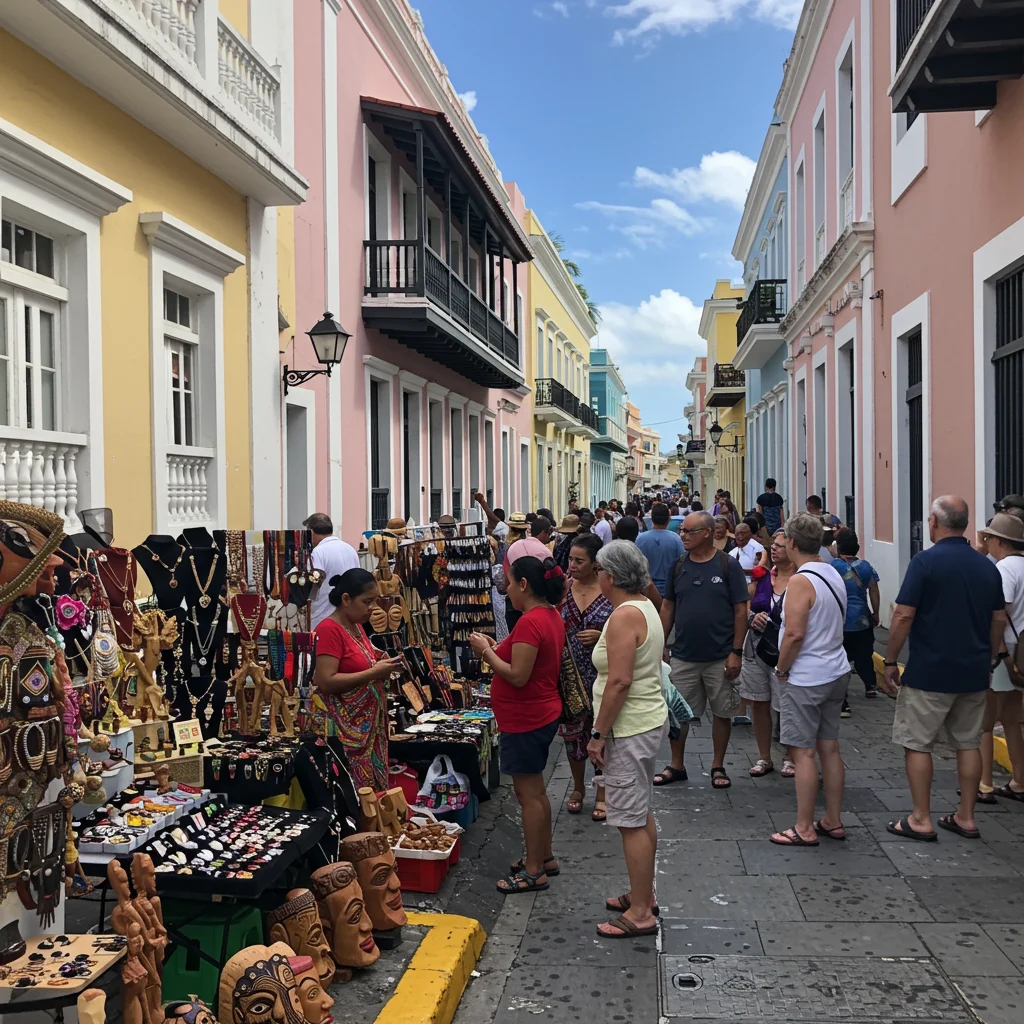
Tourism Revenue and Local Employment
Excursion providers generate significant revenue, fueling local businesses, restaurants, and artisans. Many guides, drivers, and support staff depend on tourism for their livelihoods, making each excursion a force for economic resilience.
Sustainable Tourism Initiatives
Many operators prioritize sustainability, integrating eco-friendly practices like waste reduction, habitat restoration, and education. These initiatives protect the island’s resources for future generations.
Community-Based Excursions
Community-based excursions empower residents to share their traditions, stories, and skills. These ventures foster entrepreneurship and strengthen cultural pride, all while offering visitors a more meaningful experience.
What Makes a Puerto Rico Excursion Authentic?
Authenticity is a hallmark of the best Puerto Rico excursions. But what exactly gives an experience that genuine quality?
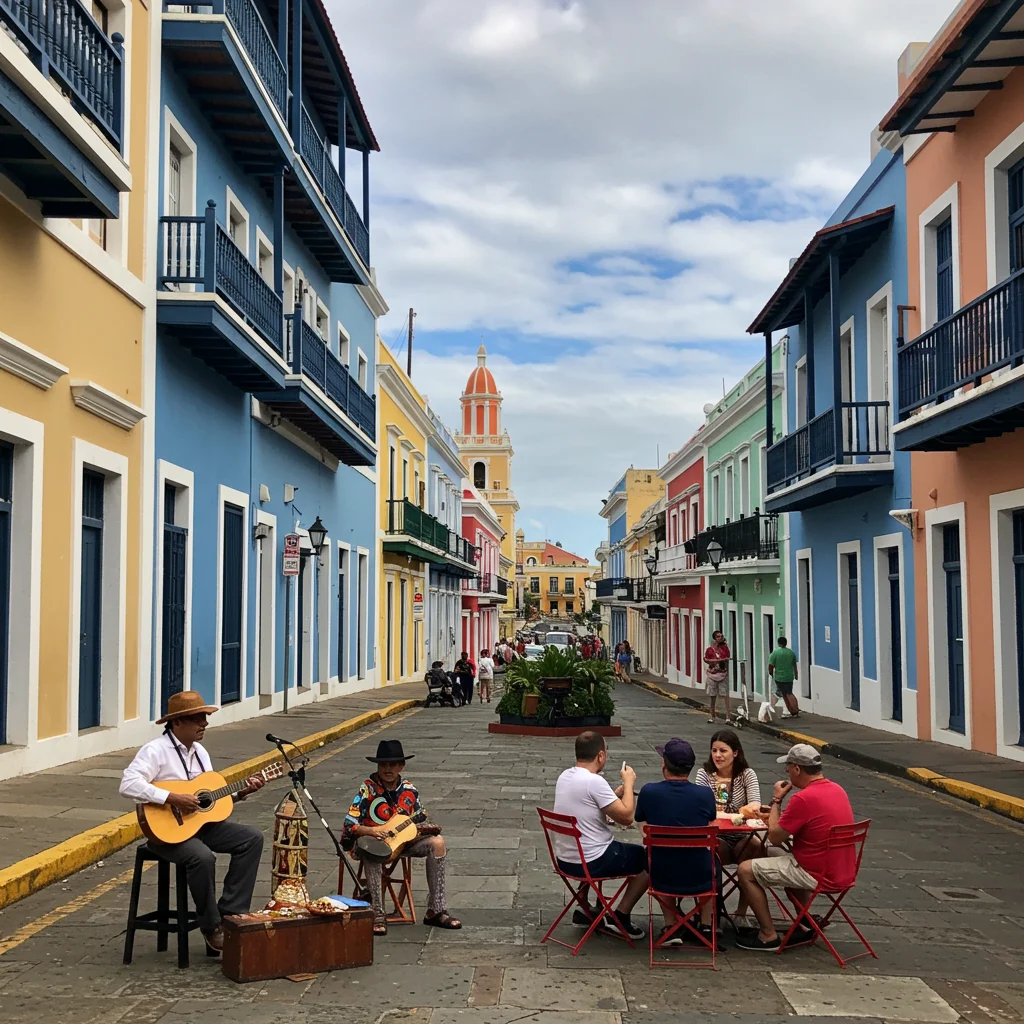
Criteria for Authenticity
Authentic excursions prioritize local involvement, respect for tradition, and honest storytelling. They avoid mass-market approaches in favor of small groups, personal connections, and hands-on activities.
If you’re building your travel bucket list, we recommend considering the insights from our article on why excursiones Puerto Rico should be on your bucket list.
Role of Local Guides
Local guides are the heart of every authentic excursion. Their knowledge, passion, and ability to share personal anecdotes transform a simple tour into an unforgettable journey.
Immersive Experiences vs. Commercial Tours
Immersive excursions invite participation—whether learning a dance, preparing a dish, or joining a community project. In contrast, commercial tours may focus solely on sightseeing, missing the depth that comes from genuine engagement.
Hidden Gems: Off-the-Beaten-Path Excursions
Beyond the well-known sites, Puerto Rico offers hidden gems for those willing to venture further. These lesser-known excursions reward curiosity and a spirit of adventure.
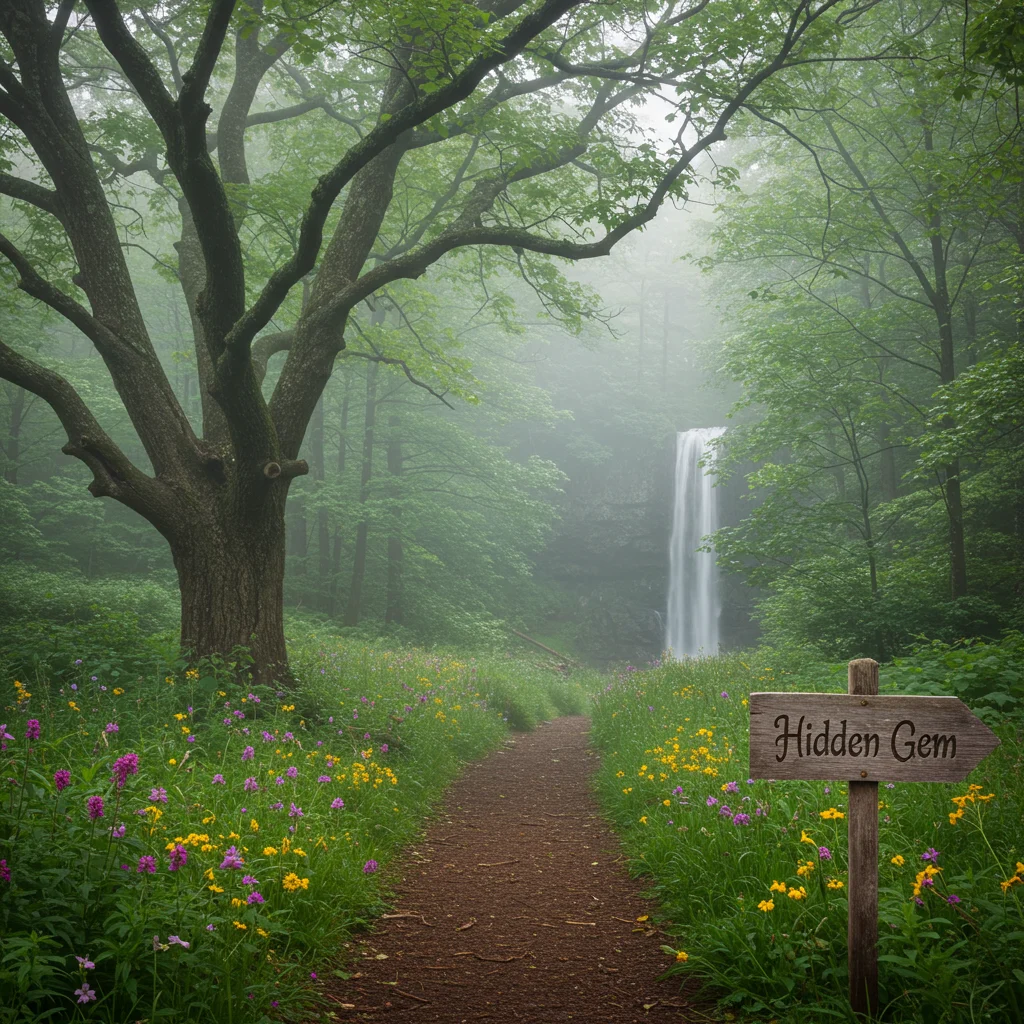
Secret Beaches and Natural Pools
Tucked away from the crowds, secret beaches and crystal-clear natural pools offer moments of tranquility. The sound of waves, the feel of soft sand, and the play of sunlight on water create an atmosphere of pure serenity.
Rural Mountain Villages
In the central highlands, rural villages welcome visitors with open arms. Here, the air is crisp, the coffee is strong, and traditions are preserved in daily life.
Underground Caves and Karst Landscapes
Exploring underground caves and dramatic karst formations immerses us in the island’s geological wonders. Echoes bounce off ancient walls, and shafts of sunlight reveal mineral formations that have taken millennia to form.
How to Choose the Right Excursion in Puerto Rico
With so many options, selecting the perfect excursion requires thoughtful consideration. Matching your interests and needs to the right experience ensures a rewarding adventure.
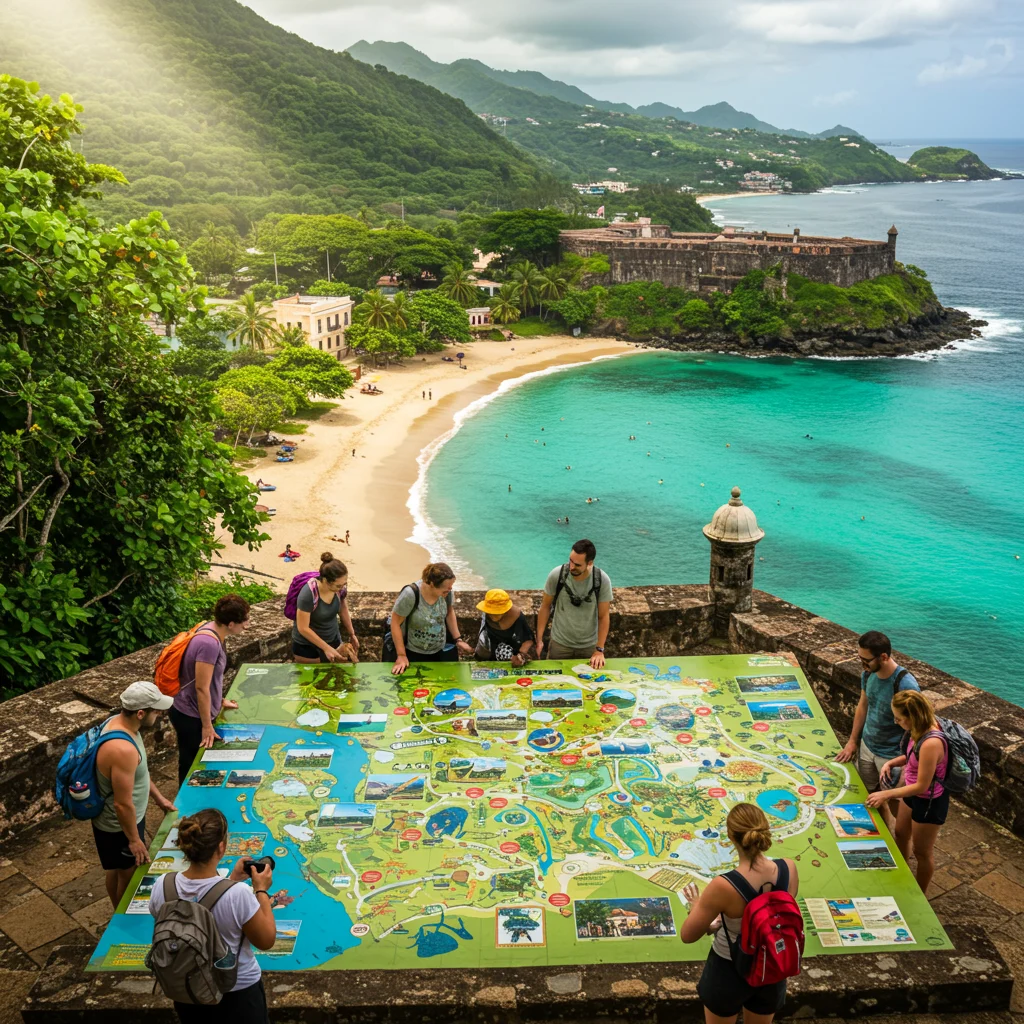
Factors to Consider Before Booking
Before booking, consider your group size, activity level, interests, and the excursion’s focus. Check reviews, ask about guide credentials, and look for providers who prioritize safety and sustainability.
Best Excursions for Families
Family-friendly excursions often include interactive elements—nature walks, farm visits, or cultural workshops—designed to engage all ages and create lasting memories.
Adventurer’s Guide to Puerto Rico Excursions
Adventure lovers might seek out excursions that offer physical challenges and unique thrills, such as canyoning, surfing, or mountain biking. These experiences combine excitement with opportunities to appreciate the island’s wild beauty.
Cultural Enthusiast’s Itinerary
For those passionate about history and culture, an itinerary featuring museums, historic districts, and culinary experiences provides deep insight into Puerto Rico’s soul.
Preparing for Your Puerto Rico Excursion
A little preparation goes a long way in making your Puerto Rico excursion safe and enjoyable. Packing wisely, following local guidelines, and respecting customs will help you make the most of your journey.
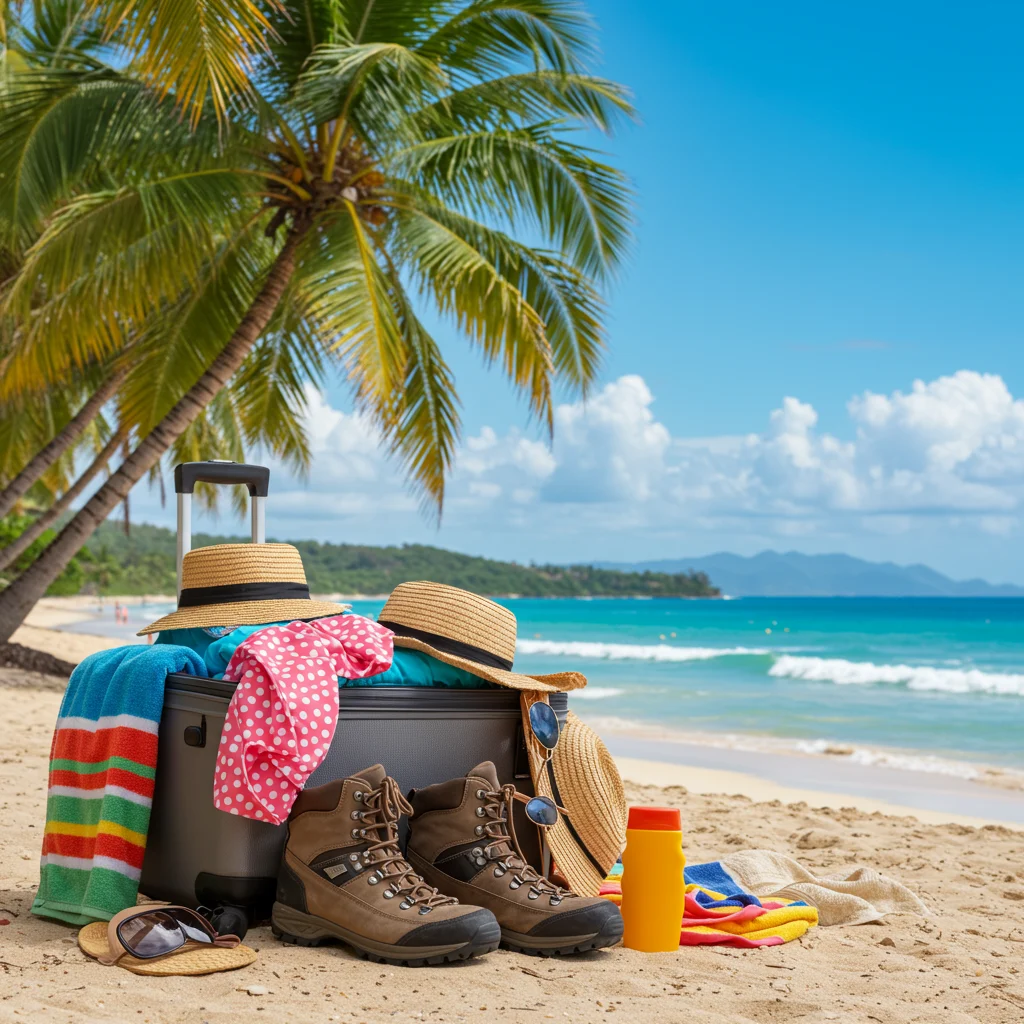
What Should You Pack?
Pack lightweight, breathable clothing, sturdy footwear, sunscreen, insect repellent, and reusable water bottles. Don’t forget a camera to capture the vibrant scenery and joyful moments.
Safety Tips and Guidelines
Always listen to your guide, stay hydrated, and be mindful of weather conditions. Respect posted rules in parks and reserves, and avoid disturbing wildlife or sensitive habitats.
Understanding Local Customs and Etiquette
A respectful attitude enhances every excursion. Greet people warmly, ask permission before taking photos, and try a few words of Spanish. These small gestures open doors to deeper connections.
The Future of Excursions in Puerto Rico
As travel trends shift, Puerto Rico’s excursions continue to adapt, blending tradition with innovation while safeguarding the island’s unique heritage.
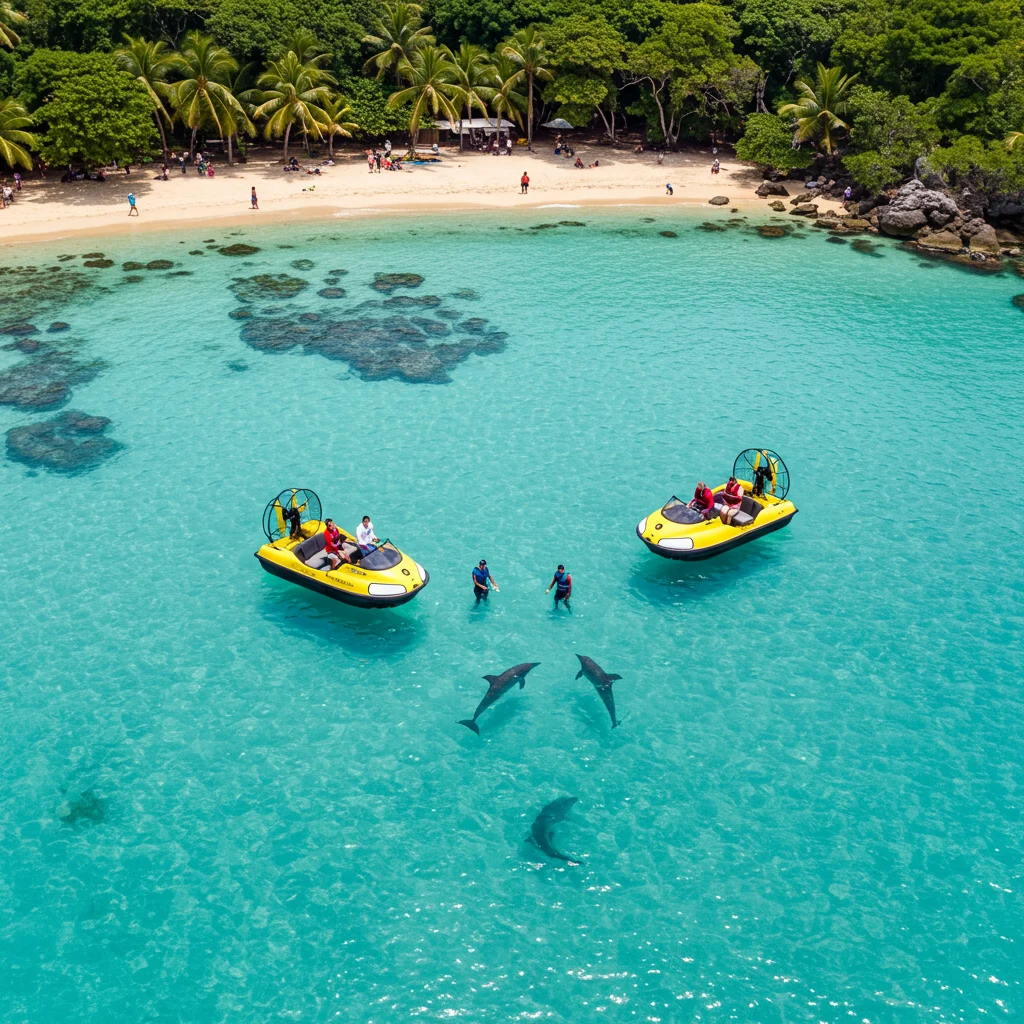
Emerging Trends in Ecotourism
Ecotourism is gaining momentum, with more excursions emphasizing conservation, education, and community engagement. Travelers are increasingly seeking experiences that benefit the environment and local people.
Technology’s Role in Modern Excursions
Digital tools like virtual guides, augmented reality, and mobile booking platforms are enhancing the excursion experience, making it easier to access information and personalize adventures.
Preserving Cultural Heritage Through Excursions
Excursions play a key role in preserving Puerto Rico’s cultural heritage. By supporting local artisans, musicians, and storytellers, these journeys help keep traditions alive for future generations.
Conclusion: Embracing the True Meaning of Puerto Rico Excursions
Every Puerto Rico excursion is a chance to connect—with nature, with history, and with the island’s vibrant communities. By choosing thoughtfully and engaging deeply, we uncover stories that linger long after the journey ends. For those ready to experience the heart of Puerto Rico, we recommend exploring options with Puerto Rico Tour, where passion for authentic travel meets a commitment to local culture.
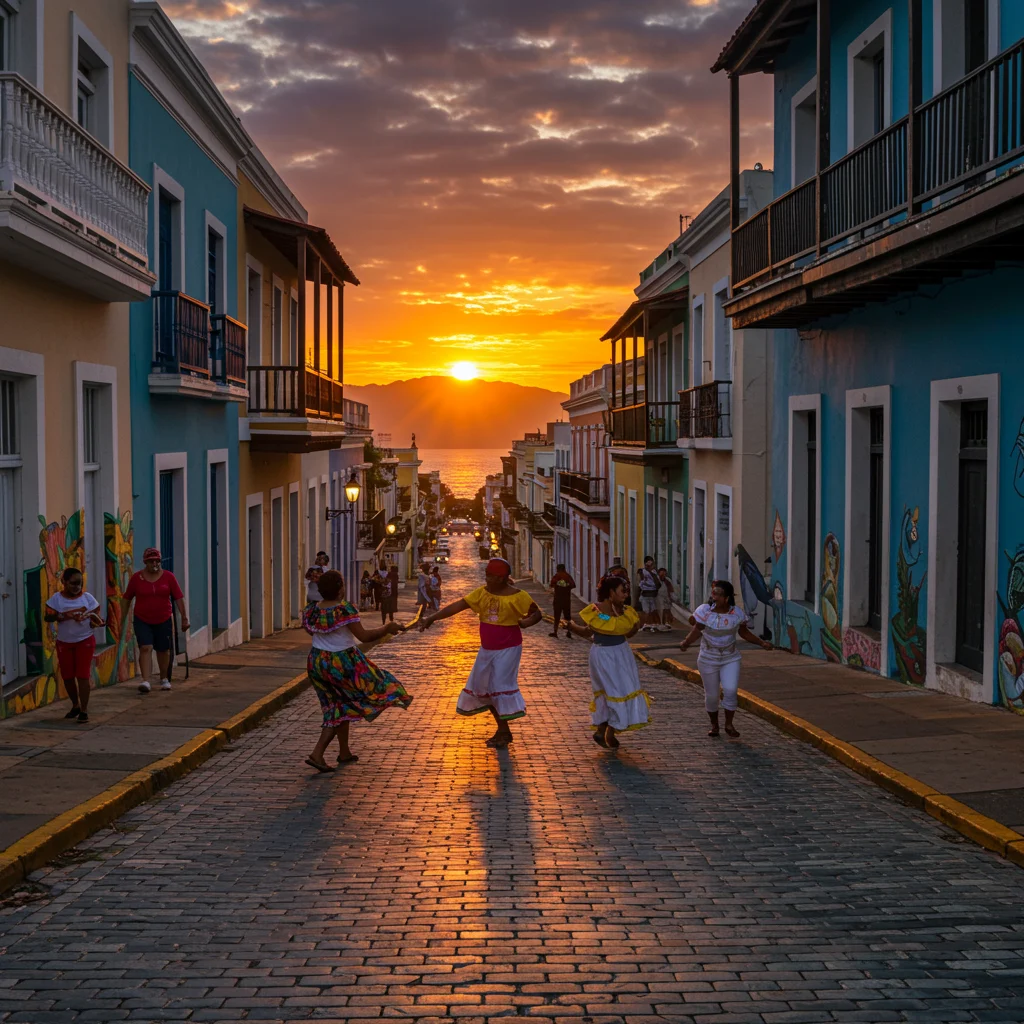
Frequently Asked Questions About Puerto Rico Excursions
What is the best time of year for excursions in Puerto Rico?
While Puerto Rico is a year-round destination, the dry season from December to April offers ideal weather for most excursions.
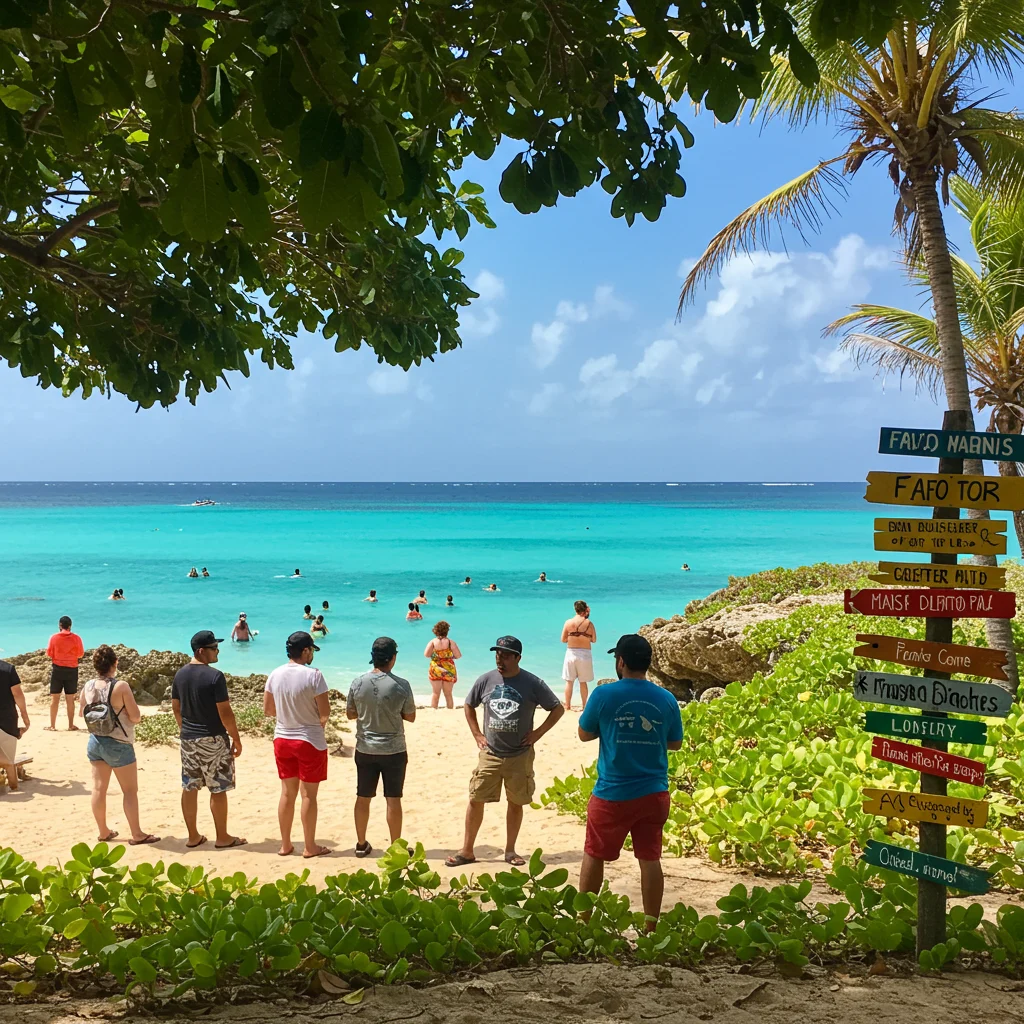
Are excursions suitable for all ages?
Yes, there are excursions tailored for families, adventurers, and cultural enthusiasts of all ages—just check activity levels before booking.
Do I need to speak Spanish to join an excursion?
Most guides are bilingual, and excursions are offered in both English and Spanish, making participation easy for international visitors.
Are there eco-friendly excursion options?
Many providers focus on sustainable tourism, emphasizing conservation and community involvement in their excursions.
How do I find authentic excursions?
Look for small group sizes, local guides, and hands-on activities. Reading reviews and choosing operators with a strong community presence can also help ensure an authentic experience.
